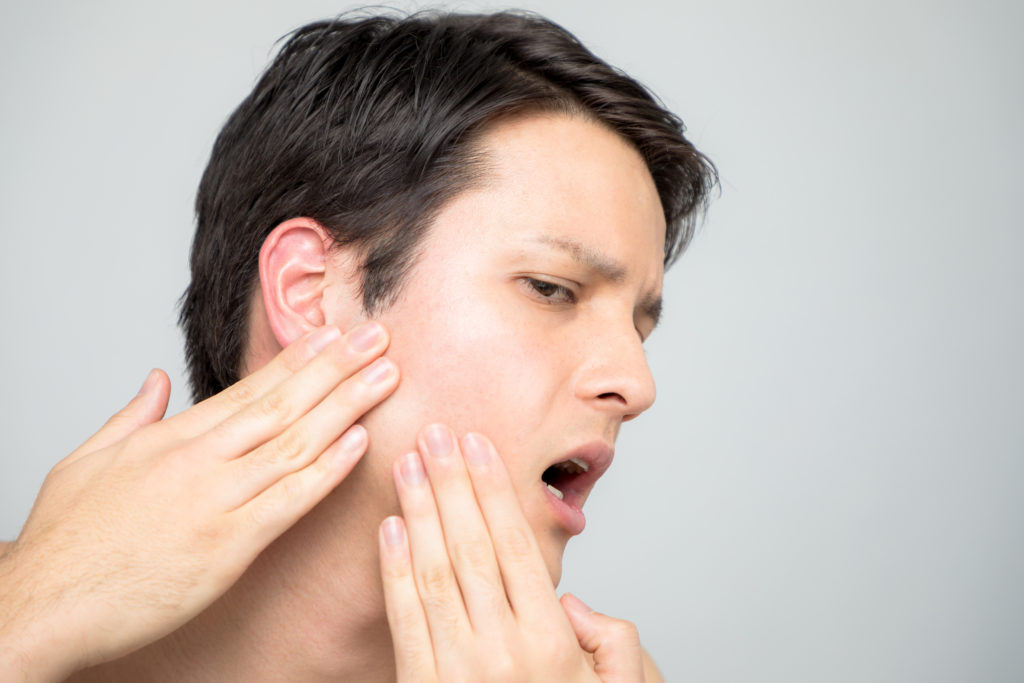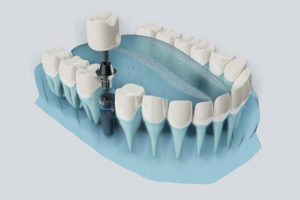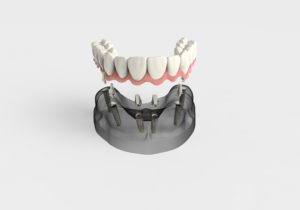Want to get to the bottom of that nagging pain or soreness in your jaw, around your face, around your ears? Think it might have something to do with your jaw, specifically a temporomandibular joint (TMJ)? Learn what a dentist will do to determine if you have one of the many disorders related to TMJ and find out what TMJ symptoms you should look out for at home.
How Your Dentist Will Check for TMJ
When you go to see a dentist about TMJ in Dana Point, CA, they’ll use a number of simple tests, and leverage years of experience in testing for TMJ, to rule out other possible causes and determine whether you have a TMJ disorder.
Here are some of the tests your dentist will perform when screening for TMJ disorders:
Touch – your dentist will use their fingers to apply a bit of pressure to the jaw and TMJ to test for tenderness and pain.
Hearing – the dentist will listen for popping and clicking sounds when you open and close your mouth
Sight – your dentist will look inside your mouth for signs of teeth grinding, clenching and alignment issues. They’ll also use X-Rays, if they’ve found evidence of a TMJ disorder.
Things You Can Look for on Your Own
How do you know when you need to consult with a dentist? What if the pain comes and goes, but generally doesn’t stick around too long?
Here are a few things you can check to help you get a better idea whether you have a TMJ disorder and determine if you need to take the next step and talk to a dentist:
- Pain or soreness in your temporomandibular joints or jaw
- Pain in the face or around an ear
- Difficulty opening and closing mouth, whether speaking or chewing
If you notice at least one of the above symptoms, even occasionally, it’s a good idea to mention it to your dentist.
Get Definitive Answers
Find out for sure what’s causing the pain in your jaw, face or head. Click here to schedule a consultation with a local dentist about your treatment options for issues with TMJ in Dana Point, CA.






